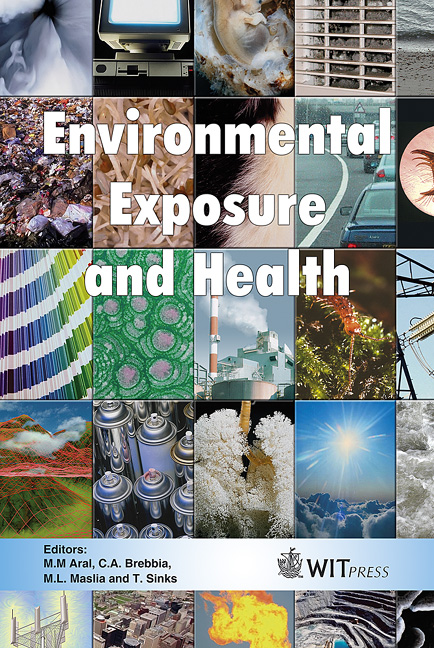Potential Enhanced N-nitrosodimethylamine (NDMA) Formation Under Water Treatment Conditions
Price
Free (open access)
Transaction
Volume
85
Pages
9
Published
2005
Size
565 kb
Paper DOI
10.2495/EEH050121
Copyright
WIT Press
Author(s)
S.-H. Park, P. Piyachaturawat, M. Aral & C.-H. Huang
Abstract
This study investigates two aspects of NDMA formation reactions: (i) evaluation of the potential effect of formaldehyde on NDMA formation, particularly in reactions of dimethylamine (DMA) and nitrite, and (ii) assessment of potential NDMA formation from a range of polymeric coagulants and flocculants upon exposure to disinfection oxidants. The results show that the presence of formaldehyde can enhance NDMA formation in reactions of DMA and nitrite; however, this effect is dependent on the concentrations of DMA and nitrite and is significant only when either concentration was above 5 mM under the employed experimental conditions. Experiments have been conducted at relatively high polymer (0.8-19 mg/L active) and oxidant (8-20 mg/L) concentrations to screen for NDMA formation potentials from four types of polymers and oxidants, respectively. Results show that aminomethylated polyacrylamide (Mannich) yielded significantly higher levels of NDMA than poly(diallyldimethylammonium chloride) (polyDADMAC), polyamine and cationic polyacrylamide in reactions with monochloramine and nitrite. Much lower levels of NDMA were formed with free chlorine and chlorine dioxide. 1 Introduction N-Nitrosodimethylamine (NDMA) is a probable human carcinogen, as classified by the US Environmental Protection Agency (USEPA) with 10-6 cancer risk level of 0.7 ng/L. Recently NDMA has been identified as a drinking water contaminant after several water utilities in Canada and the U.S. reported the occurrence of NDMA in drinking water supplies (MOE, [13]; DHS, [5]). Studies
Keywords




